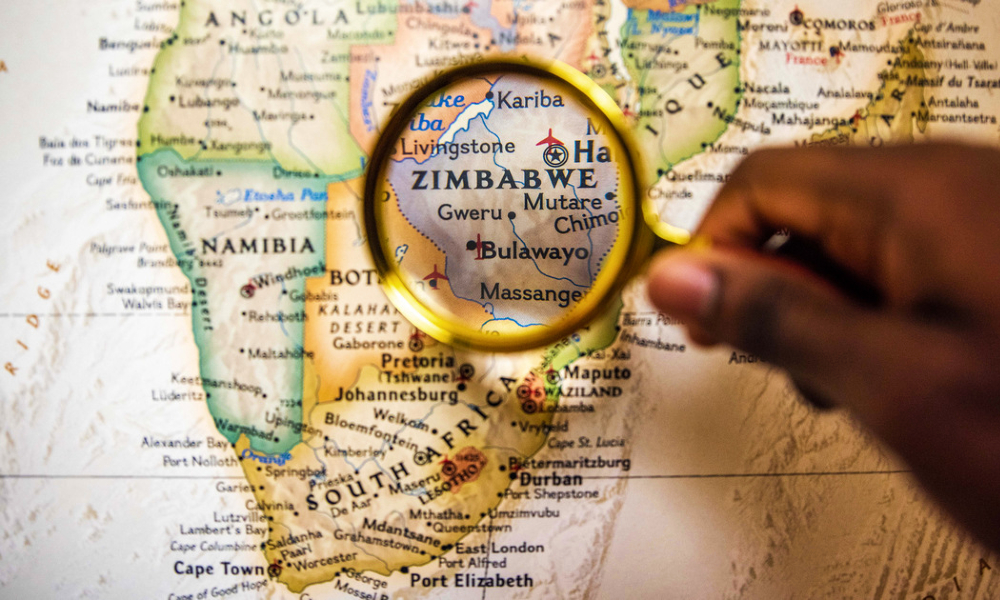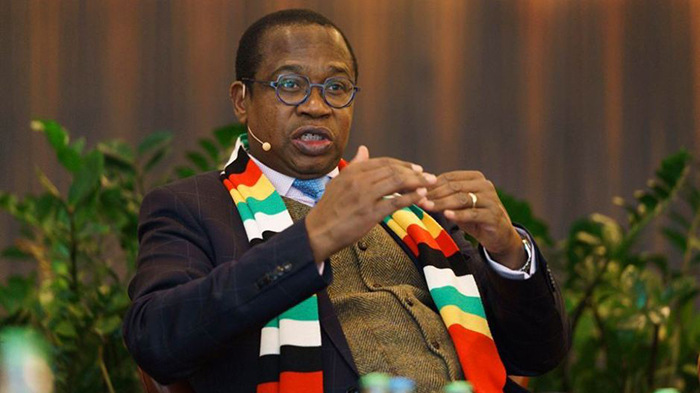Africa to lead 5G internet adoption
Mobile subscriptions in Sub-Saharan Africa are predicted to top 1.1 billion by the end of 2029, with 5G being the fastest-growing subscription type between 2023 and 2029 at 60 percent annually, according to a
The November 2023 edition of the Ericsson Mobility Report forecasts that by 2029, 85 percent of the global population will have access to 5G, with Africa leading the way.
The growth of mobile subscriptions in Sub-Saharan Africa can be attributed to a positive economic outlook and forward-thinking regulatory measures for building out network coverage, as well as connectivity becoming a necessity for voice and data communications, and enabling services such as banking.
The report estimates that 4G subscriptions will account for 49 percent of the total by 2029, while 2G subscriptions will maintain a significant share of total subscriptions at 27 percent, mainly due to the region’s largely rural population.
Fixed Wireless Access is emerging as a pivotal technology in meeting Africa’s increasing broadband demands, with several key African markets, including South Africa, Angola, Nigeria, Kenya, Zambia, and Zimbabwe, having already launched 5G FWA services. The report noted that this shift can be attributed to its cost-effectiveness, rapid deployment capabilities and inherent flexibility.
Hossam Kandeel, Vice President and Head of Global Customer Unit MTN and Customer Unit MTN Africa at Ericsson Middle East and Africa, says: “In the latest edition of the Ericsson Mobility Report, it is found that Sub-Saharan Africa is poised to remain the region with the highest growth in total mobile data traffic in the forecast period. This growth will be driven by the expansion of 4G network coverage across the continent and the increasing affordability of data and smartphones.”
Ericsson’s report also estimates that in the six years between the end of 2023 and 2029, global 5G subscriptions are forecast to increase by more than 330 percent – from 1,6 billion to 5,3 billion. 5G coverage is forecast to be available to more than 45 percent of the global population by the end of 2023 and 85 percent by the end of 2029. Business Insider Africa









